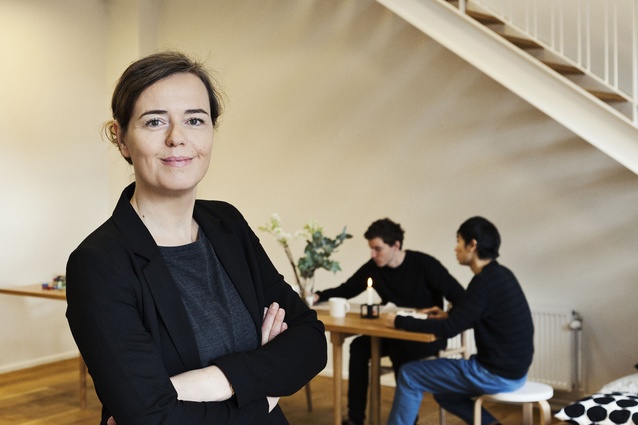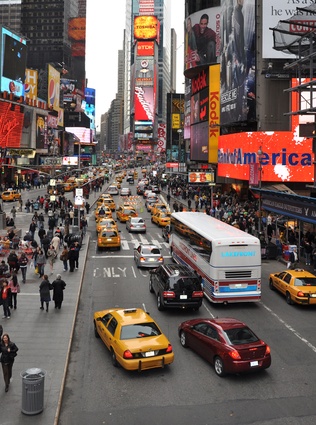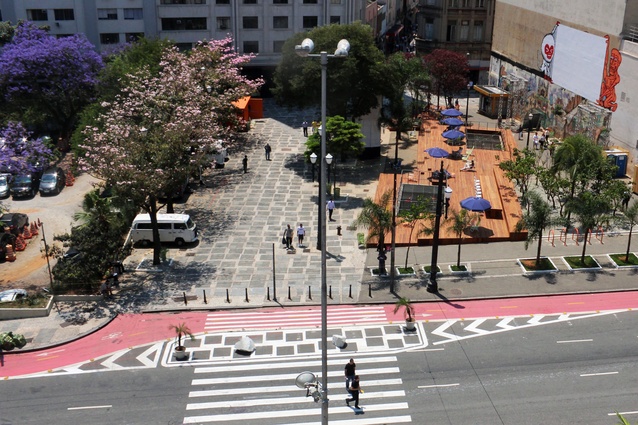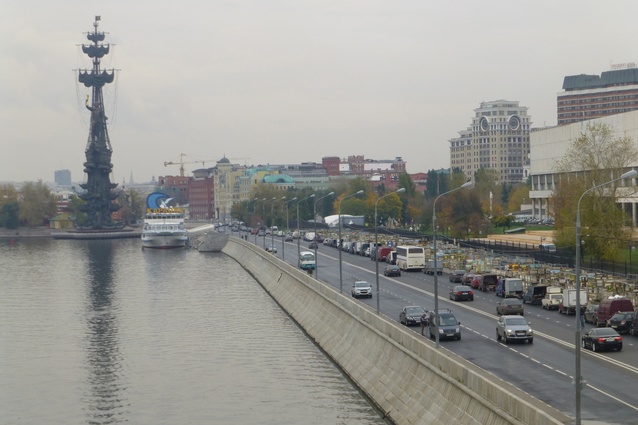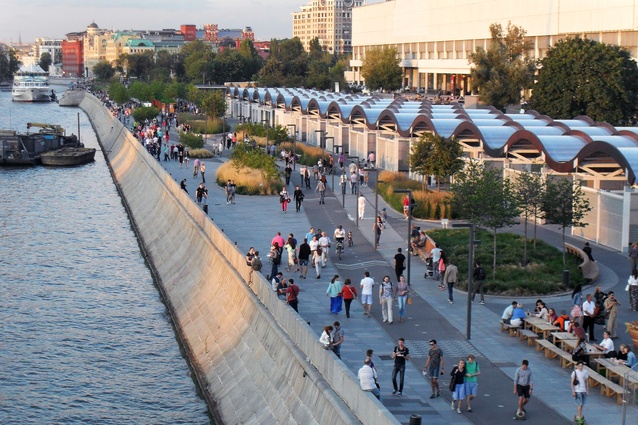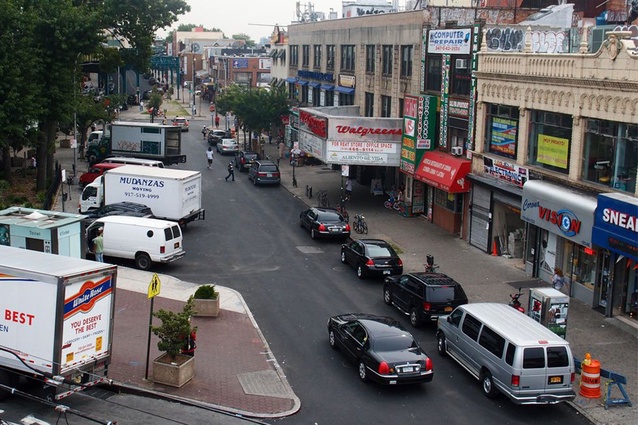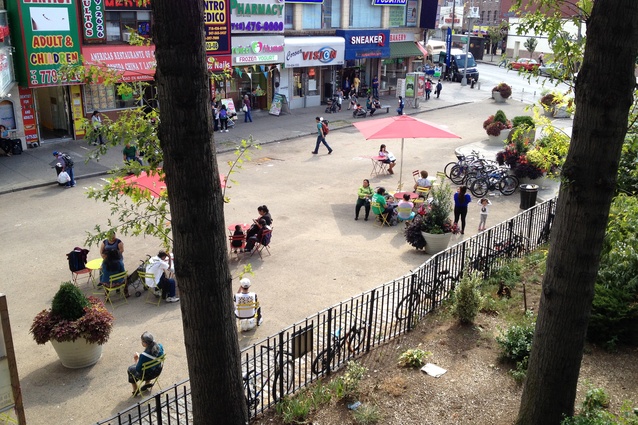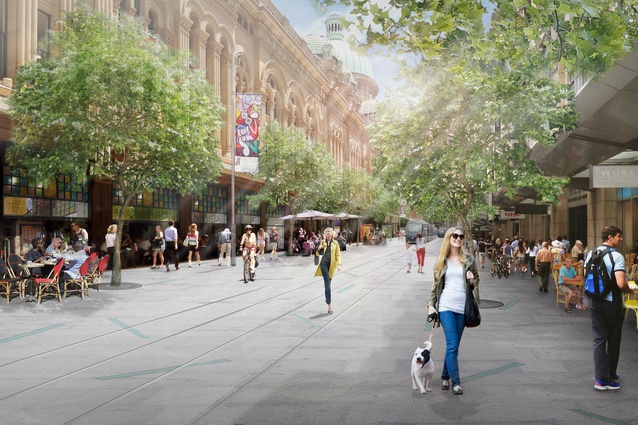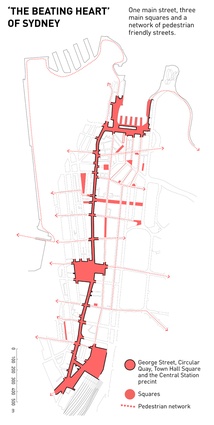Holistic view: Henriette Vamberg
Danish urban designer Henriette Vamberg is a partner and managing director at the Copenhagen office of international practice Gehl. She was in Auckland to speak at the RMLA Liveable conference in September, and Amelia Melbourne-Hayward caught up with her to get some insights on how to ensure our cities become more people-focused.
Amelia Melbourne-Hayward: You’ve been with Gehl for 17 years. The studio’s approach “lives at the intersection of social science and architecture.” What originally interested you about urban design?
Henriette Vamberg: My ambition was originally to be an architect, but I soon realised that there was a lack of discussion around context and how buildings reflect the surrounding environment. Jan Gehl was head of department in urban design at my architecture school at the time and I thought I would complete one year with Jan and return to architecture – needless to say it didn’t happen! It’s been a great journey since then.
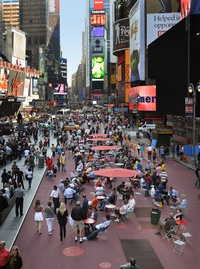
AMH: What were his specific ideas around urban design?
HV: His ideas focus on trying to knit things together and looking at the world in a holistic way: understanding what buildings can provide to spaces and vice versa, how transport or traffic supports that and how we can ensure it all comes together in a good way. There are a lot of ingredients – it’s quite a complex way of working.
I also like that urban design has a more sociological bent. You end up really affecting and having an impact on some of the major agendas around health, environmental sustainability, social cohesion and so on. That’s why it’s important to try and make each project a little better each time.
AMH: In your keynote talk you mentioned how important it is to be moving and it’s something that I am quite passionate about – sitting is killing us. How then can cities encourage movement?
HV: Cities have a responsibility in terms of providing a framework that makes it easy to get that physical exercise just getting to and from work, going out for lunch, picking up the kids, etc. It needs to be easy for you to use your muscles and do some exercise through normal activities, so it doesn’t necessarily have to be this active choice. Providing good cycle lanes, walkways and open spaces, and having amenities within walking distance of your home are all ways to encourage this.
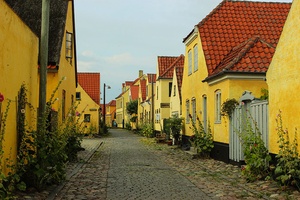
AMH: You live in a city called Dragør, which is about 12 kilometres from Copenhagen and is an interesting place from an urban design perspective. Can you tell me a bit about the city and the influences that it has?
HV: The city was built in the 16th century and was a fishing port. It follows a very strict rule book, although it’s never been written down. All the houses face east-west and they all have their gardens to the south and the entrance in the north, in direct response to where the sun moves. All the rows were built very close to each other and because the city is quite exposed to the wind, it sweeps over the houses instead of creating a poor micro climate in the gardens or shed spaces. It’s a very nice place and an interesting model that could easily be applied to new housing developments.
AMH: Auckland is currently in a process of transformation from a car-centric city to one that is hopefully far more liveable. What do you see as some of our most pressing issues and do you have any ideas for strategies to approach these?
HV: I came out to Auckland for the first time around 2004 and, to be honest, I didn’t like it very much! It’s been great to see the changes in that time and it’s comforting to know that it really is getting better. The Wynyard area in the waterfront is a great addition and an excellent example of open public spaces that work really well.
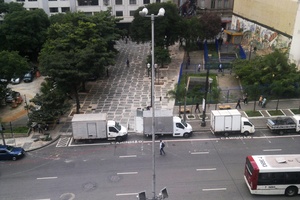
In terms of the car issue, I heard that when the politicians of Auckland first went on a study trip they went to Los Angeles – maybe if they had gone to another city you would be in a different spot now!
You’ve had a long period of time investing in vehicular traffic and in freeways and ramps etc. so it takes a really long time to shift that agenda and mend the problems of the past and stitch it all back together. Auckland has a much larger challenge compared to some other cities because of that love affair with the car. However, that is starting to change.
AMH: I think it’s definitely changing. Even a couple of years ago it was said that Aucklanders would not get out of their cars but public transport has really taken off, especially our use of trains. Every city in the world is obviously very different but do you think that there are a general set of rules to ensure that they are more people-focused cities?
HV: What’s really interesting to me about Auckland is that there is a whole network of smaller streets that together form an alternative route through the city. That this network actually adds up is quite unique here, but we also need to look at how we can make more of these street networks – how they can offer different types of experiences so we are not using them for the same purposes but they still work together.
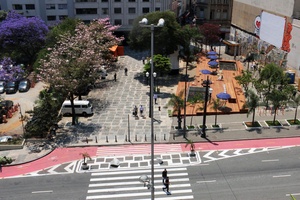
It’s also really important to treat streets as public space instead of just transport corridors. You need to get the streets right – have active edges and something to look at and to sit on, trees, proper pavements, reasonable crossings etc so that the streets work for people and not just cars.
AMH: We have started to do that with initiatives such as the Fort Lane precinct, which has been very successful, so that’s a good start. You’ve worked in many different cities, what learnings around urban design have you taken from these varied projects and experiences?
HV: As my career has developed, I’ve realised that the way cities operate is not always just about what is out there in the city physically, but it’s also how the organisations are set up, how they collaborate or don’t collaborate, what the individual agendas are. It’s about better understanding the context in which you work to get the best outcomes.
AMH: Is it more understanding the forces behind the city that are shaping it?
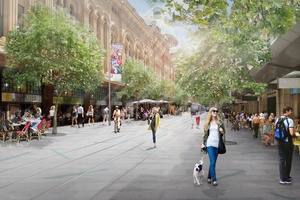
HV: Yes, and trying to understand what the common denominators are for the cities that have an easy time rolling stuff out, what they do really well, why it works there. And also looking at why other cities are having a really hard time – what some of the shared difficulties are that they are facing for various reasons. That is a really important component of actually making the changes.
AMH: Which city do you think is ideal – one that meets your criteria for a liveable city?
HV: It’s so easy to say Copenhagen! It is a great example, although the climate is rubbish most of the time. Perhaps it’s partly because we don’t have a beautiful landscape around the city, there are no islands or volcanoes like Auckland has, so the city needs to provide that amenity to people.
But many cities have different elements that work really well. Amsterdam and Paris are great, they each have their own specific qualities. I love New York. I think I could live in many different places.
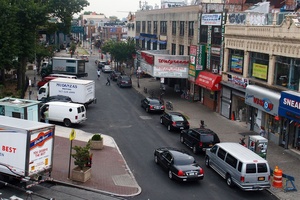
AMH: What are some recent achievements that you have seen in cities that are relevant to Auckland and that we could learn from?
HV: The Plaza program in New York is interesting, especially in a city where it’s quite hard to roll out the big machinery. Projects like Griffiths Gardens in central Auckland, with the community fridge, bees and a vege garden, are great examples of trying to implement little pieces of humanity, colour and community into the asphalt and big buildings.
Both Toronto and Melbourne are working with the mid-rise developments along the transport corridors in the suburbs and trying to increase the density slowly around the city centre. They are directing some of the growth to the surrounding areas and providing them with better amenities and opportunities – more workplaces, better schools – which make these areas feel more like communities and not just sprawling, featureless suburbia.
AMH: Most New Zealand cities could improve their liveability. What are a few steps that we could take to improve this over the next ten years or so?

HV: You are already investing in public transport, so it’s really important to support that and expand it as much as possible to provide multiple choices. Promoting active mobility like cycling is an imperative, because that takes pressure off public transport and the roads, and potentially releases land to use for other purposes.
In terms of environmental issues, the connection with the land here is really important – that whole ecological dimension of understanding the land and reconnecting with it. With Auckland, you also have the cultural dimension of being the biggest Polynesian city in the world, so if you can take that responsibility on, it would be an inspiration to many other cities.

